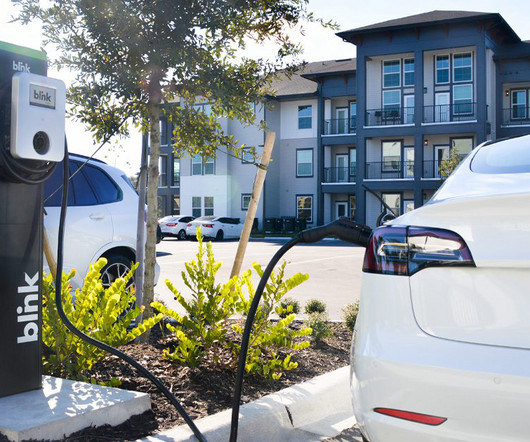BNEF: wind and solar boost cost-competitiveness versus fossil fuels
Green Car Congress
OCTOBER 6, 2015
The levelized cost of electricity analysis for H2 2015 shows onshore wind to be fully competitive against gas and coal in some parts of the world, while solar is closing the gap. Our report shows wind and solar power continuing to get cheaper in 2015, helped by cheaper technology but also by lower finance costs.























Let's personalize your content